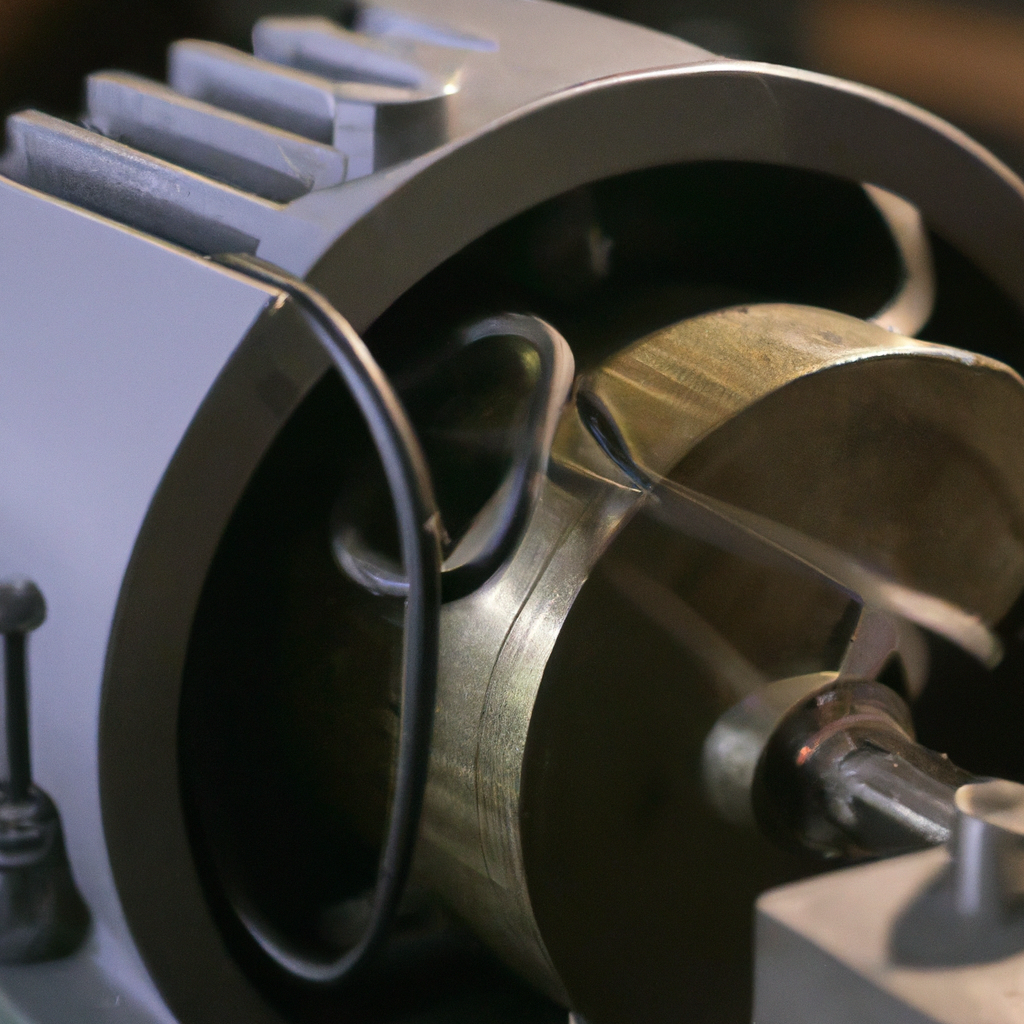Electric motors are used in a wide range of applications, from powering household appliances to driving industrial machinery. But how does an electric motor work? In this article, we’ll explore the mechanics of electric motors, including the principles of electromagnetism and the role of electric power in motor operation.
What is an Electric Motor?

At its simplest, an electric motor is a device that converts electrical energy into mechanical energy. The basic components of an electric motor include a rotor (a rotating part) and a stator (a stationary part). The stator contains the motor’s windings, which are copper wire coils that produce a magnetic field when an electrical current flows through them. The rotor, which is typically made of a series of magnets, is attracted to the magnetic field produced by the stator.
How it Works: Electromagnetism
To understand how an electric motor works, it’s important to first understand the principles of electromagnetism. Electromagnetism is the interaction between electrically charged particles and magnetic fields. When an electric current flows through a wire, it creates a magnetic field around the wire. The strength of the magnetic field depends on the amount of current flowing through the wire.
In an electric motor, the stator windings are arranged in a specific pattern to create a rotating magnetic field when an electrical current is applied. This magnetic field interacts with the magnetic field of the rotor, causing it to rotate.
Motor Mechanics: AC vs. DC Motors
There are two main types of electric motors: AC (alternating current) motors and DC (direct current) motors. AC motors are more commonly used in industrial applications, while DC motors are often used in household appliances.
AC motors operate on the principle of electromagnetic induction. When an alternating current is applied to the stator windings, it produces a rotating magnetic field that interacts with the magnetic field of the rotor, causing it to rotate. AC motors are typically more efficient than DC motors and are capable of running at higher speeds.
DC motors operate on the principle of electromagnetic attraction and repulsion. When a direct current is applied to the stator windings, it produces a fixed magnetic field that interacts with the magnetic field of the rotor. The rotor is attracted to the stator’s magnetic field, causing it to rotate. DC motors are typically simpler and less expensive than AC motors, but they are less efficient and have limited speed control.
Electric Power and Motor Operation
Electric motors require a source of electric power to operate. In most applications, this power comes from the electrical grid or a battery. The amount of power required for a motor depends on its size and the load it is driving.
The efficiency of an electric motor is measured by its power output compared to its power input. This is known as the motor’s efficiency rating. Higher efficiency ratings indicate that a motor is converting a higher percentage of its input power into mechanical energy.
To control the speed of an electric motor, a variable frequency drive (VFD) can be used. A VFD is an electronic device that adjusts the frequency of the electrical current supplied to the motor, thereby controlling its speed. This allows for precise speed control and can help to reduce energy consumption.
In Conclusion
Electric motors are an essential part of modern life, powering everything from household appliances to industrial machinery. Understanding how they work is key to ensuring their proper operation and maintenance. By understanding the principles of electromagnetism, the mechanics of AC and DC motors, and the role of electric power in motor operation, you can gain a deeper appreciation for these fascinating machines.






